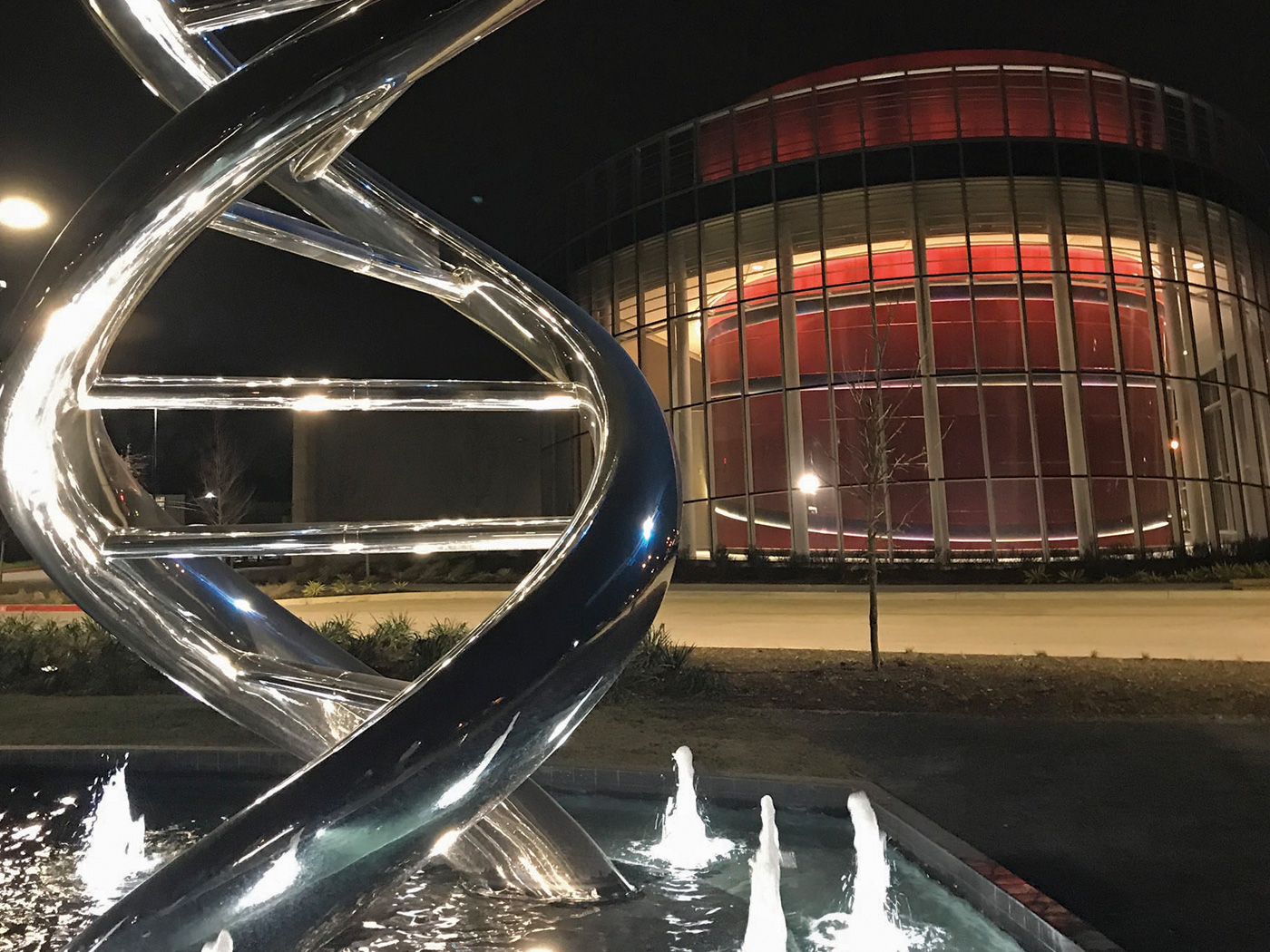The job of physicists is to worry about numbers, but one number has perplexed physicists for more than a century. That number is 0.00729735256—approximately 1/137. This is the fine-structure constant. It appears everywhere in the equations of quantum physics.
The fine-structure constant, designated by the Greek letter alpha (α), is one of the many constants of nature that power our laws of physics, like the speed of light, the gravitational constant, or Planck’s constant. These constants can have different values depending upon which system of units are used to express them. For instance, the speed of light in vacuum is 186,000 miles per second, but it is also 300,000 kilometers per second. However, α is a pure number, without any units.
Something bizarre and compelling about this number has led many of the founders of quantum mechanics to be obsessed with it. Paul Dirac, a theoretical physicist who is considered one of the founders of quantum mechanics and quantum electrodynamics, called it “the most fundamental unsolved problem in physics.”1 Even Richard Feynman, a 1965 Nobel Prize winner in physics for his contributions to the development of quantum electronics, pondered its mysteries his entire life. He remarked that “all good theoretical physicists put this number up on their wall and worry about it.”2 What is it about this one number that makes it the worthy subject of the close attention of savants?
Additionally, the fine-structure constant sets the “strength” of the electromagnetic force.3 The greater the chance of interaction between the electron and electromagnetic fields, the more of an electromagnetic disturbance each electron will make. This is why the fine-structure constant appears in formulas that depend on electromagnetic force. The major question, however, remains: Why does α take on the value that it does, and why does this specific combination of other fundamental constants come out to be exactly α?
The fine-structure constant sets the size of atoms. A larger value means that electrons would be closer to nuclei, making them more tightly bound and less able to participate in chemical bonds. A smaller value would mean that electrons were less tightly bound, making atoms and molecules less stable. Its precise value could not be more important.
Physicists do not know why our universe ended up with this particular value for the fine-structure constant, or many of the other fundamental constants, for that matter. Many conventional physicists believe that these constants were set more or less randomly at the beginning of the universe. However, it would be surprising if they landed on just the right values to allow for the formation of life. Though a professing atheist, Richard Feynman poetically mused that “you might say the ‘hand of God’ wrote that number, and ‘we don’t know how He pushed His pencil.’”4
Because there is still so much unknown about this constant, physicists have merely hit the wavetops in the analysis of the fine-structure constant. However, given the uniqueness and complexity of this constant, it’s logical to conclude that our physical existence resulted from extraordinary design rather than chance or evolutionary causes. As science advances and untangles the mysteries of our universe, scientists continue to discover how incredibly complex yet tailored our universe is.
As Psalm 147:5 declares, “Great is our Lord, and mighty in power; His understanding is infinite.”
References
- Wolchover, N. Physicists Nail Down the “Magic Number” That Shapes the Universe. Quanta Magazine. Posted on quantamagazine.org December 2, 2020.
- Buchanan, M. 2010. Think of a number. Nature Physics. 6: 833.
- Seigel, E. Ask Ethan: What Is The Fine Structure Constant And Why Does It Matter? Forbes. Posted on forbes.com May 25, 2019.
- Richard Feynman Quote. LibQuotes. Posted on libquotes.com, accessed July 1, 2023.
*Dr. Corrado earned a Ph.D. in Systems Engineering from Colorado State University and a Th.M. from Liberty University. He is a freelance contributor to ICR’s Creation Science Update, works in the nuclear industry, and is a senior officer in the U.S. Naval Reserve.







